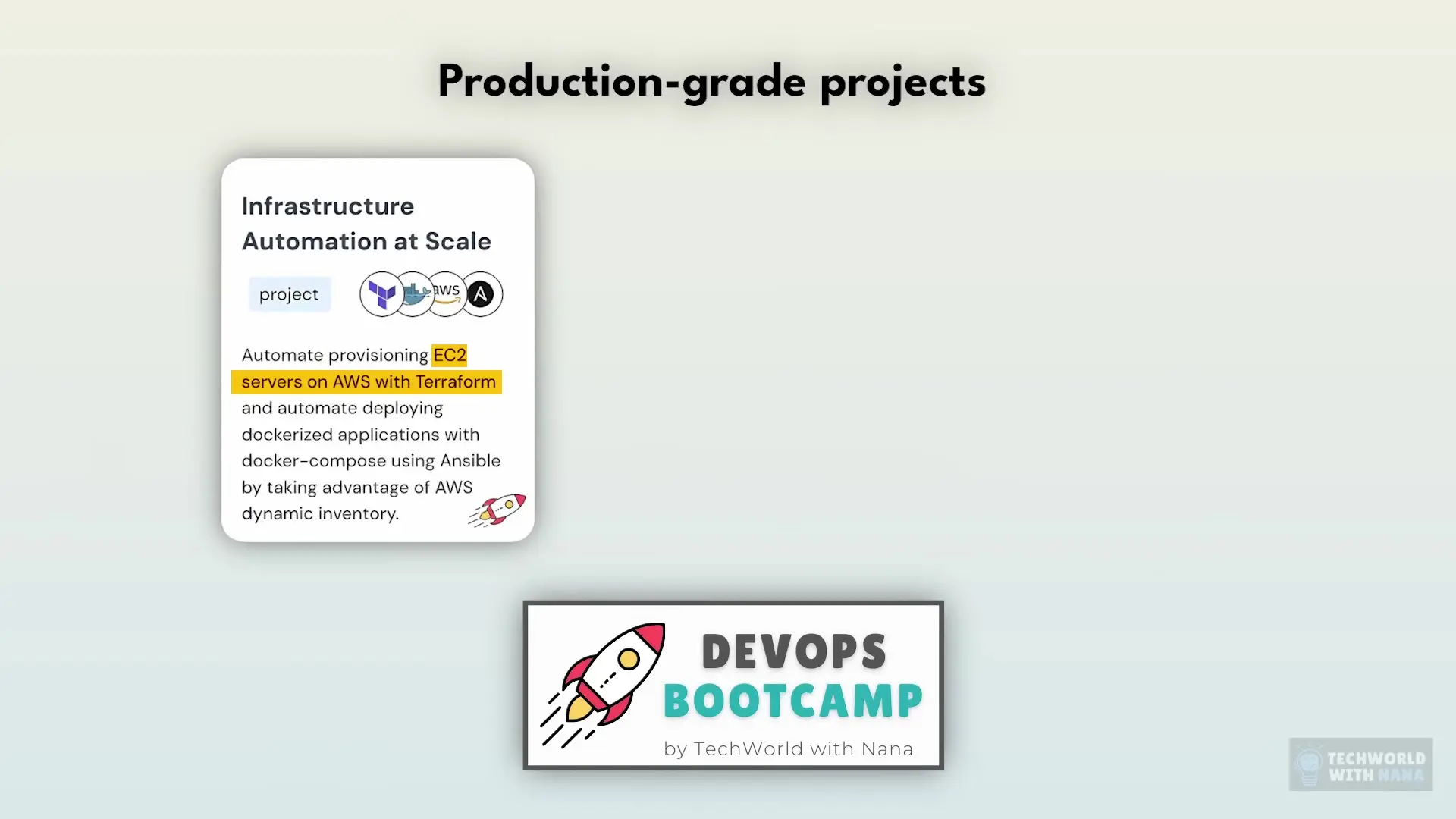
In today's competitive tech landscape, having just a resume isn't enough to stand out as a DevOps engineer. What you need is a comprehensive professional profile that works for you 24/7, attracting opportunities even when you're not actively job hunting. Let's explore why building a powerful DevOps engineering profile with a project portfolio is crucial and how you can create one that makes employers come to you.
Why a Professional Profile Beats a Resume
A resume is simply a static snapshot—a list of jobs, skills, and education that looks similar to thousands of other candidates. A professional profile, however, is dynamic and comprehensive. It demonstrates not just what you've done, but who you are as an engineer, your expertise, learning journey, and problem-solving approach.
Your profile continues growing as you develop professionally, telling your unique story in a way that makes you stand out. Even if you're happy in your current position, building this profile gradually serves as an insurance policy with significant benefits: speaking invitations, industry connections, and visibility when great companies are hiring.
Essential Components of a Strong DevOps Engineer Profile
1. Optimize Your LinkedIn Profile
Your LinkedIn profile is your digital front door—often the first professional impression you make. It should be a dynamic, richer version of a static CV. Here's how to optimize it:
- Create a professional headline beyond your job title (e.g., "DevOps Engineer specialized in Kubernetes, CI/CD automation, and cloud infrastructure optimization")
- Detail experience with specific achievements (e.g., "Implemented CI/CD pipeline that reduced deployment time by 70%")
- Showcase certifications prominently (AWS, Azure, Kubernetes)
- Highlight specialized training programs you've completed
- Strategically include relevant keywords throughout your profile for recruiter searches
- Add links to your DevOps projects in your featured section

2. Build a DevOps Project Portfolio
Your GitHub or GitLab projects are the actual proof of the tech skills you've listed on LinkedIn. They show what you can do with DevOps, not just talk about it. This is your "show, don't tell" moment—and because many engineers don't take the time to do this, those who do immediately stand out.
Most candidates simply list tools like Terraform, Ansible, EKS, and Kubernetes on their resume without demonstrating their proficiency level or implementation experience. To fix this, connect your skills to specific projects as proof of your capabilities.

For example, an advanced EKS cluster project shows you can handle complex cloud infrastructure with multiple components and DevOps tools working together. When a hiring manager sees you've built and documented a production-grade Kubernetes setup with proper security controls, monitoring, and third-party services, that's far more impressive than just listing EKS as a skill.
Focus on Quality Over Quantity
Instead of having 10 shallow projects, it's better to have 2-3 end-to-end projects that demonstrate advanced DevOps skills. Here are some production-grade project ideas that would impress potential employers:
- Automating provisioning of EC2 servers on AWS with Terraform, then automating deployment of Dockerized applications with Docker Compose using Ansible by leveraging AWS dynamic inventory
- Deploying to a Kubernetes cluster on EKS from a complete CI/CD pipeline with automatic triggering, dynamic versioning for Docker images, and rolling updates
- Dockerizing an application, setting up a private Docker registry (Nexus, Docker Hub, or ECR), and creating an end-to-end CI/CD pipeline to build and deploy new application versions
Best Practices for Project Documentation
- Show your thinking process through commits and branches (not just a single "initial commit")
- Add personal study notes and learning journey documentation
- Create unique project descriptions in the README file
- Explain what problem the project solves, your solution, and the architecture
- Include clear setup and usage instructions
- Use clean code with good comments
- Add diagrams or visuals showing how technologies fit together
If you're currently employed, you can build similar projects to what you're doing at work but with different tech stacks. Just be extremely careful not to share any company code or private information.
3. Create Technical Blog Content
Technical blog articles establish you as a thought leader who doesn't just implement DevOps practices but understands them deeply enough to teach others. This might sound intimidating, but it's easier than you think—simply share what you know or what you've recently learned.
You don't need your own website; platforms like Medium and Dev.to provide ready-made publishing platforms. Here are some topic ideas:
- Detailed walkthroughs of your GitHub/GitLab projects
- Lessons learned from implementing specific DevOps tools
- Comparisons between different technologies (e.g., Kubernetes vs. Docker Swarm)
- Solutions to common DevOps challenges you've overcome
- Step-by-step tutorials for setting up specific infrastructure

Benefits of a Strong DevOps Profile
A well-crafted DevOps engineering profile delivers several key advantages:
- Passive opportunity attraction: Opportunities find you even when you're not actively job hunting
- Credibility boost: Documented projects provide proof of your skills beyond what a resume can convey
- Career insurance: If you need to find a new position, you won't be starting from scratch
- Professional network growth: Your content and projects connect you with other professionals in the field
- Better compensation: Demonstrated expertise typically leads to higher-value positions with better pay
Getting Started Today
Building a powerful DevOps engineering profile doesn't happen overnight, but you can start making progress today:
- Spend 1-2 hours optimizing your LinkedIn profile following the guidelines above
- Choose one DevOps project to document thoroughly on GitHub/GitLab
- Draft an outline for your first technical blog post based on that project
- Set aside regular time each week to continue building your profile
- Join DevOps communities to share your content and get feedback
Remember, the goal is to create a professional identity that works for you continuously, attracting opportunities based on demonstrated expertise rather than just listed skills. By investing time in building a comprehensive DevOps engineering profile with quality projects, you'll stand out from the competition and position yourself for better career opportunities.
Conclusion
In the competitive field of DevOps engineering, a traditional resume simply isn't enough anymore. By building a comprehensive professional profile with an optimized LinkedIn presence, well-documented GitHub projects, and insightful technical content, you create a powerful representation of your skills and expertise that works for you around the clock. Start implementing these strategies today, and you'll be well on your way to attracting better opportunities and advancing your DevOps career.
Let's Watch!
7 Steps to Build a DevOps Engineer Portfolio That Gets You Noticed
Ready to enhance your neural network?
Access our quantum knowledge cores and upgrade your programming abilities.
Initialize Training Sequence